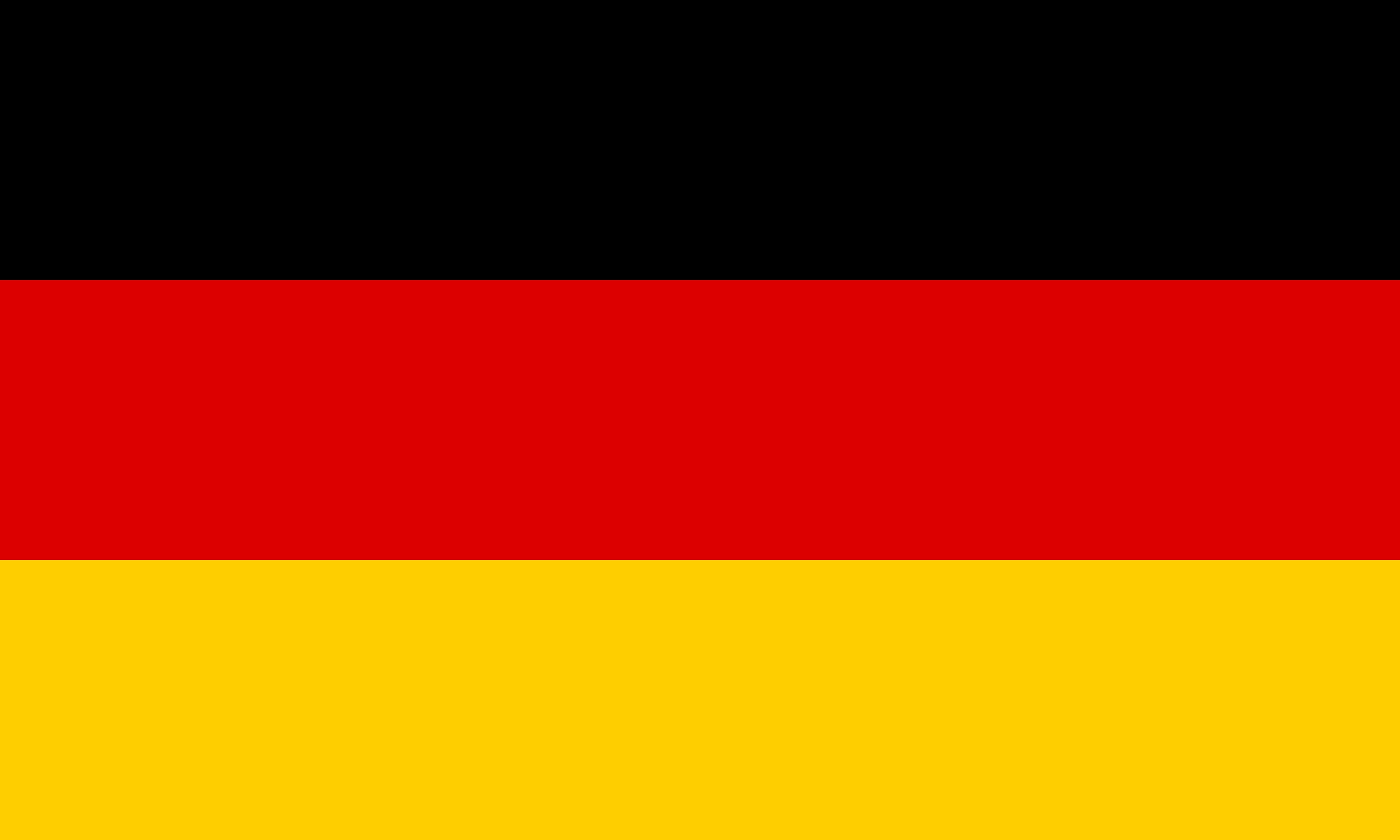
Nose Aesthetic
One of the most crucial factors that determine facial features is the nose, an incredibly unique and characteristic organ. Any nasal deformity may deviate from the ideal appearance because of how it affects the facial features and personality.
The nose has respiratory and olfactory functions in addition to its cosmetic impact. For the person's quality of life, it is crucial to correct issues such turbinate enlargement and deviation that affect respiratory function. Aesthetic surgery called rhinoplasty can be used to enhance the nose's appearance, enhance respiratory function, or serve both purposes.
What is nose aesthetics?
Rhinoplasty is a type of cosmetic surgery used to reshape the nose's bone and cartilage tissue for a more attractive, natural-looking nose that fits in with the rest of the face.
Rhinoplasty can be done to correct birth defects, deformities brought on by nose injuries, and to give someone who is unhappy with the way their nose looks a more attractive nose.
How is Nose Aesthetics Performed?
Depending on the needs, expectations and anatomical features, rhinoplasty can be applied with a closed or open technique, which is determined specifically for the patient.
In the closed rhinoplasty technique, an incision is made through the nostrils and delivered to the nasal septum. Since there are no stitches or incision marks on the outside of the nose, it is also called scarless nose surgery.
It is a preferred technique for patients who do not need radical changes in the nasal septum, who will have nasal tip or cartilage tissue intervention, and who will undergo rhinoplasty for the first time. After an incision is made through the nostrils, imaging is performed with microsurgical cameras. Since the nasal skin and nasal soft tissues are not opened, the ligaments are not cut and bleeding is minimized, the recovery period is short and comfortable.
Open rhinoplasty is preferred in cases where asymmetry or deformities at the tip of the nose are eliminated, aesthetic nose surgery has been performed before, or rhinoplasty is combined with septoplasty. By making an incision in the Columella and lifting the nasal skin, the bone and cartilage structure of the nasal tip is reached. Open rhinoplasty, where the surgeon's vision is greater, is the most suitable method for removing septum curvatures.
Who Has Nose Aesthetics Done?
Rhinoplasty;
- Unhappy with how his nose blended in with the rest of his facial features,
- In an effort to have a more attractive nose,
- A nose that is too big in comparison to the rest of the face
- Having issues with the nose's appearance or functionality as a result of injury or other trauma,
- Having a wide or arched nose
- A nose tip that is prominent, broad, or curved,
- Excessively small or large nostrils
- The formation of nasal bone and cartilage is finished.
- It can be used by those who do not have a medical condition that precludes surgery.
However, the need for revision rhinoplasty, which is considered one of the most difficult rhinoplasty procedures, may occur in patients who need improvement in the appearance and function of the nose despite having had one or more rhinoplasty operations before. Revision rhinoplasty allows the correction of nasal deformities by preserving maximal nasal function.
Considerations After Nose Aesthetics
The recovery process is faster after closed rhinoplasty. Patients should not blow their nose after the operation, one should not lie face down for 15 days, exercises that will increase blood pressure should be avoided, care should be taken to lie with the head elevated and not to wear glasses for 3 months.
After open rhinoplasty, you should sleep on your back and head upright. Heavy sports and heavy lifting should be avoided. At the same time, swimming in the pool and the sea, smoking and alcohol consumption should be suspended. Glasses should not be worn for at least 3 months, and care should be taken not to be exposed to direct sunlight.
After the surgery, there may be a temporary decrease in the sense of smell. This usually comes back in 3 to 6 weeks. Smoking should not be avoided after rhinoplasty. Otherwise, the wound healing rate slows down and the risk of infection arises. In addition, it is also recommended not to be exposed to direct sunlight.
 en
en  tr
tr fr
fr sq
sq de
de

